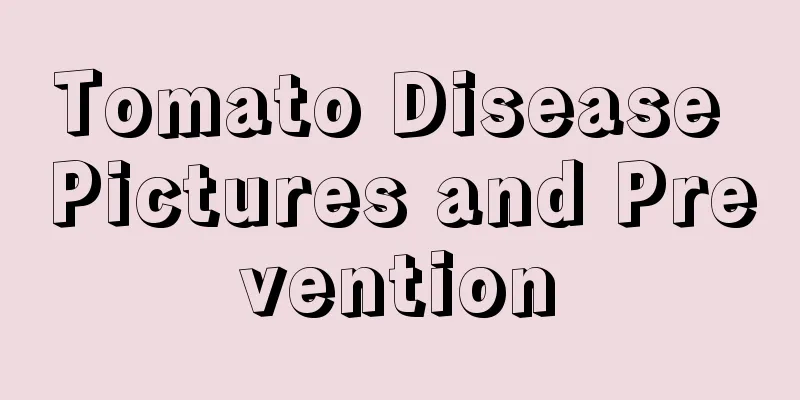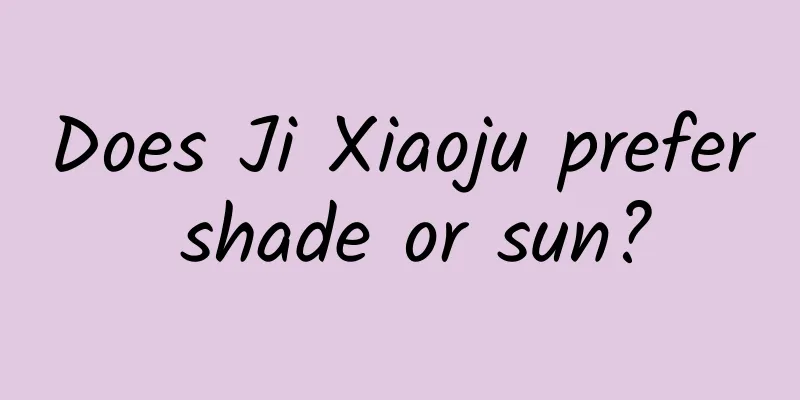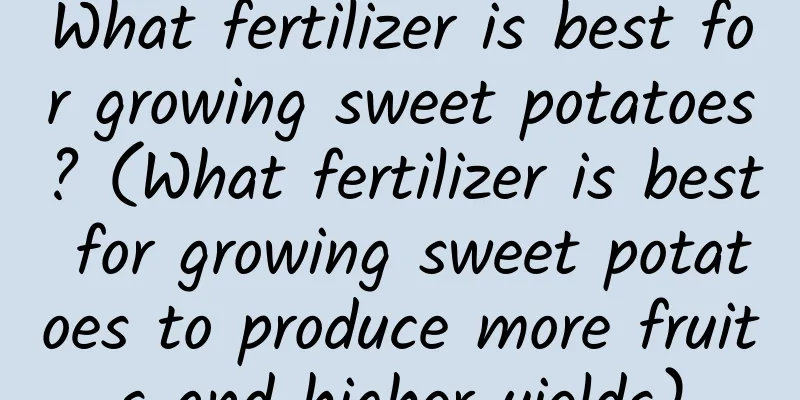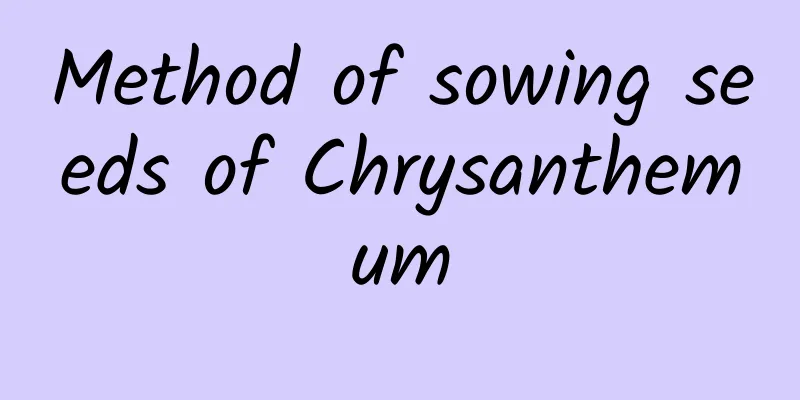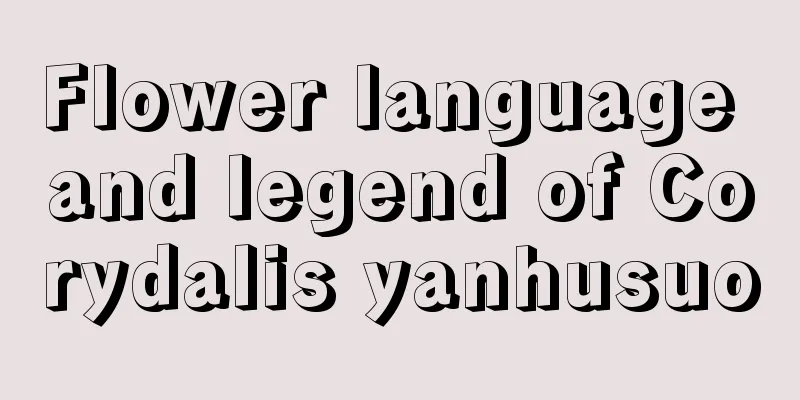Plum cultivation methods and precautions
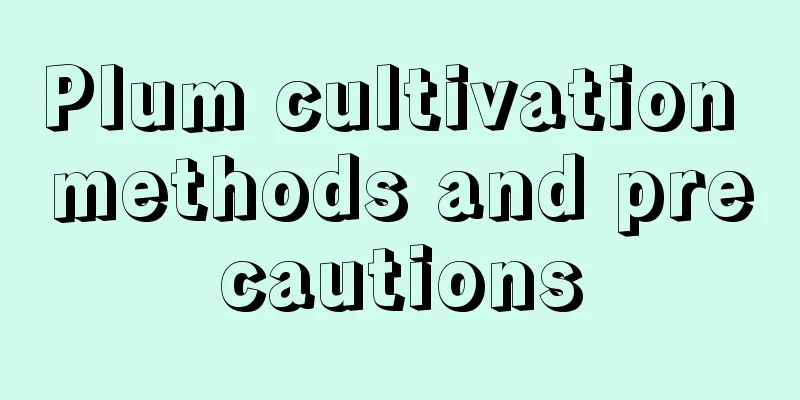
1. Maintenance methods1. Temperature: It has certain temperature requirements during the flowering period. If the temperature is guaranteed to be between 20 and 25 degrees, it will be very beneficial to the spread of pollen. During the development process, there are basically no conditions for temperature, and the maintenance temperature can be above 10 degrees. 2. Watering: Plants grown in the open field do not need to be watered except in dry weather. In dry weather, water them once every two days. If they are potted plants grown at home, they need to be watered every other day during the growing season and once a week during the non-growing season. 3. Fertilization: When harvesting fruits and completing each pruning, it is necessary to apply top dressing, especially after harvesting fruits, you need to mix decomposed fertilizer into the soil. During the growing season, you can also fertilize the leaves. The fertilizer mainly uses compound fertilizer with amino acids as the main element, and it is usually sprayed once a week. 4. Light: Adequate light is very beneficial to its growth. Sufficient photosynthesis can make the leaves become thick and large. It is best to ensure that the daily light time is more than six hours. If conditions permit, it can receive full-day sunshine. 2. Breeding techniques1. Reproduction: You can use the cutting method to propagate it. Cut healthy branches from healthy plants, then spray and disinfect them with potassium permanganate, and then plant them in the soil. Generally, roots will grow in half a month. 2. Pruning: The branches that bear flowers and fruits are generally short fruit branches, so the main target of pruning is the short fruit branches. The focus of pruning in the first year is on plant shaping and density control. When it comes to the fruiting period, focus on pruning side branches and main branches. 3. Problem Diagnosis1. Pests: September of each year is the peak period for plants to be infected by pests. Carbendazim is needed for preventive treatment. If the plants are still infected by pests, omethoate should be used for insecticide. 2. Disease: If the plant has falling leaves or yellowing leaves, it is mostly caused by insufficient light. You need to increase the light and meet the light requirement of at least six hours a day. IV. Other issues1. Edibility: It is a very common fruit and can be eaten directly. In addition, it can also be used as medicine. When eating, children should eat less because it is not easy to digest. 2. Flower language: Its flower language is purity and it can be given to lovers. |
<<: The cultivation methods and precautions of Lai grapes
>>: Borage cultivation methods and precautions
Recommend
How to prune aster after flowering
Pruning Asters After Blooming After blooming, ast...
When is the best time to plant mustard?
Which month is suitable for planting shepherd'...
What to do if the new buds of the fortune tree wither
1. Increase the amount of water 1. Reason: When t...
Peach blossom disease prevention and control
Peach blossom punching disease It mainly harms le...
Indoor Plants That Don't Need Sunlight
1. Pothos The green radish has a strong ability t...
Can the snake plant be watered with beer? How often should it be watered?
1. Can it be used? You can water Sansevieria with...
The money tree camellia...is turning yellow and falling off its leaves, be careful or it will die!
What should I do if the leaves of my money tree t...
How to prune agave
1. Prune old leaves When pruning agave, you shoul...
Cut the discarded Phalaenopsis orchid, and the flowers will pop out, and neighbors will scramble to get them!
Prune the flower blades after the flowers fade to...
How to plant violet seeds
Violet flowers usually wither in autumn from Augu...
Can lychees be grown in Wenzhou?
Can litchi be grown in Wenzhou? Litchi can be gro...
Ginkgo tree potted planting method
To pot a ginkgo tree, you should first choose a c...
How long does it take for Jade Leaf cuttings to take root?
Rooting time of Jade Leaf cuttings Jade Plant can...
Can the cactus be repotted in summer? What should be paid attention to when repotting?
Can the cactus be repotted in summer? The cactus ...
How much is a camellia plant? What are the prices and pictures of camellia?
1. How much is one plant? The price of camellia d...
